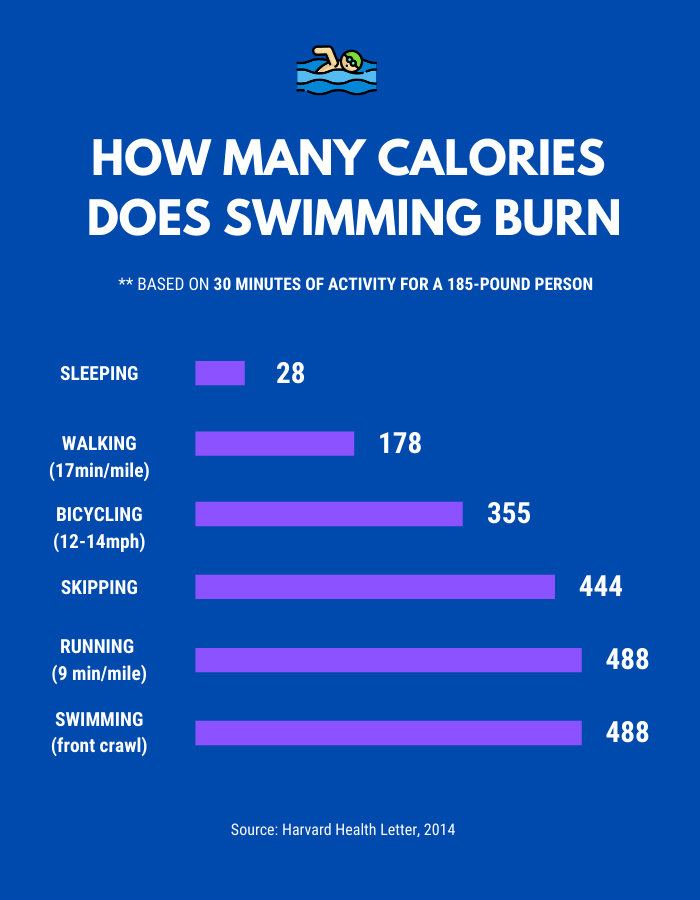Did you know that swimming for just 30 minutes a day is one of the most effective ways to burn calories and transform your body? In this blog, I’ll break down how swimming impacts your muscles, cardiovascular health, mental well-being, and more. Plus, I’ll guide you through three of the best swimming techniques and how each one uniquely benefits your body.
The Physical Transformation: Building Muscle Tone and Strength
One of the first changes you’ll notice from swimming daily is an improvement in muscle tone and strength. Swimming engages nearly every major muscle group, including your core, arms, legs, back, and shoulders. The water’s resistance acts like a natural weight, making your muscles work harder to push and pull through it. As you progress, you’ll build more muscle definition and increase your overall endurance. The result? A more toned appearance without the bulk often associated with weightlifting.

Burning Calories and Promoting Weight Loss
If weight loss is your goal, swimming offers an efficient way to burn calories. A 30-minute session can burn up to 400 calories, depending on your weight, swimming intensity, and technique. This high-calorie burn, when combined with a balanced diet, can lead to significant fat loss over time. What’s even better is that swimming boosts your metabolism, helping your body continue burning calories even after you’ve left the pool.
Enhancing Heart and Lung Health
Swimming is an excellent aerobic exercise that strengthens the heart, improving its efficiency in pumping blood. Over time, this can lower your resting heart rate, reduce blood pressure, and decrease the risk of cardiovascular diseases like heart attacks and strokes. Additionally, the rhythmic breathing required for swimming enhances lung capacity, making your respiratory system more efficient.

Improving Flexibility and Joint Health
The wide range of motion involved in swimming, especially in strokes like freestyle, breaststroke, and butterfly, stretches your muscles and improves joint flexibility. The buoyancy of water supports your body, reducing the risk of injury and allowing for a greater range of motion without strain. Over time, daily swimming can lead to better posture and a lower risk of injuries.
Aiding in Rehabilitation and Recovery
For those recovering from injuries, swimming offers a low-impact way to stay active. Physical therapists often recommend it as part of recovery plans because the water’s buoyancy reduces stress on the body, making it a safer environment for rehabilitation. Even if you’re not injured, swimming is a great way to improve joint health and mobility without putting undue stress on your body.
Boosting Mental Well-Being
The mental benefits of swimming should not be overlooked. Regular swimming can boost self-esteem and confidence as you notice positive changes in your body and fitness levels. It’s also known to reduce stress and improve mood, thanks to the release of endorphins during physical activity. The rhythmic nature of swimming, combined with the soothing sensation of water, can have a meditative effect, helping you clear your mind and reduce anxiety.
Improving Sleep Quality

Swimming not only tires you out physically but also relaxes your body, making it easier to fall asleep and stay asleep throughout the night. The stress-reducing effects of swimming also contribute to better sleep hygiene, leading to a more restful and restorative sleep, which is crucial for overall health and recovery.
Exploring Different Swimming Techniques
There are many swim techniques you can try, but here’s a look at the three most popular:
- Freestyle (Front Crawl): This involves alternating arm strokes and a flutter kick with your chest down in the water. It targets the shoulders, chest, back, and core, while the flutter kick strengthens the legs. Freestyle is great for cardiovascular health and improving lung capacity.
- Breaststroke: A beginner-friendly technique that involves simultaneous arm pulls and a frog-like kick. The breaststroke engages all major muscle groups and improves shoulder and back flexibility. It’s also excellent for enhancing body awareness and coordination.
- Butterfly Stroke: The most demanding technique, the butterfly stroke involves a powerful underwater dolphin kick and synchronized arm strokes. This stroke builds upper body strength, particularly in the shoulders, chest, and back, while also providing a rigorous workout for the core and legs.

Is Swimming Better Than Running or Cycling?
While running and cycling are effective exercises, they typically focus on specific muscle groups or cardiovascular health. Swimming, however, is a full-body workout that trains your muscles, heart, and joints, making them stronger and more flexible. It’s also a low-impact exercise, reducing the risk of injury and making it suitable for daily practice.
Conclusion: Dive In and Transform Your Life
With just 30 minutes of swimming a day, you can enjoy a full-body workout that benefits both your body and mind. Whether you’re looking to lose weight, build muscle, or simply improve your overall health, swimming is a versatile and enjoyable exercise that can help you achieve your goals. So, dive in and start experiencing the transformative power of swimming today!


